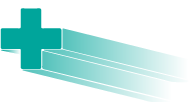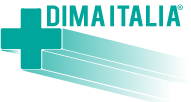The various measures used to treat the symptoms of Duchenne muscular dystrophy (DMD), i.e. medication with steroids, early operation on contractures and spine deformities as well as cardiac diagnostics and therapy, should always be accompanied by careful monitoring of the patient’s respiratory status. Therapy for respiratory failure, in particular long-term ventilation, is now generally accepted as essential for DMD patients. The provision of assisted ventilation has made a decisive contribution to the quality of life for older patients and the stigma hitherto attached to it as being merely a means of keeping a patient comfortable towards the end of life has now been dispelled. Even outside the hospital, assisted ventilation has become routine. These days it is not uncommon for patients on assisted ventilation to have their life extended by 10 years or more. Non-invasive ventilation is sufficient if used concomitantly with coughing aids. Before undergoing orthopaedic surgery the patient’ s respiratory status has to be carefully assessed in order to minimize the risk of perioperative complications. Feeding and swallowing problems may develop if the patient has a scoliosis of the cervical spine region, even if he has had thoraco-lumbar spine surgery. There is still insufficient awareness of this potential problem in relation to respiratory care. Interdisciplinary collaboration between hospitals, general practitioners, muscle and respiratory centres, as well as advocacies and self-help groups is vital. The administration of aids to support DMD patients is now facilitated by guidelines drawn up by several centres of excellence. Here we mainly describe the historic development of respiratory care at the Ulm Neuromuscular Centre.
indirizzo articolo completo:
https://pubmed.ncbi.nlm.nih.gov/23620648/
autori:

